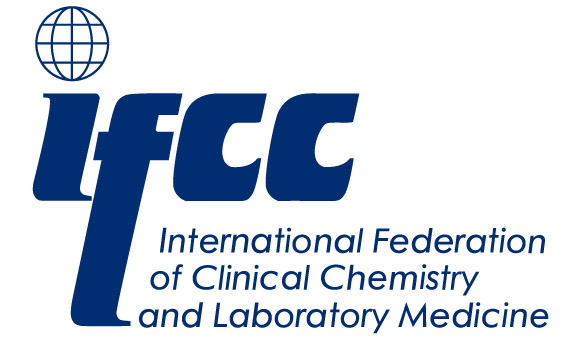The condition, familial hypercholesterolemia (FH), leads to severely elevated cholesterol levels from birth and is a leading cause of early heart attack.
“It’s more common than we thought and it’s important to look for it at a young age because someone with FH may have no symptoms until there is serious heart disease. A common story might be someone who develops chest pain or has a heart attack in their 30s or 40s — even though they look healthy, eat well, and are thin and fit,” said Sarah de Ferranti, M.D., M.P.H., lead author of the study, assistant professor of pediatric cardiology at Harvard Medical School, and director of preventive cardiology at Boston Children’s Hospital in Massachusetts.
Based on studies conducted outside of the United States in selected and less racially and ethnically diverse populations, prior to this research it was thought that FH affected about 1 in 500 adults. The current study used data from 36,949 adults who took part in the 1999-2012 National Health and Nutrition Examination Survey (NHANES) and extrapolated to the 210 million U.S. adults aged 20 years and older. Researchers used high levels of low-density-lipoprotein cholesterol (considered “bad” because it contributes to plaque buildup in arteries) and early heart disease in a person or close relative to determine probable/definite cases of FH.
Among the findings:
- An estimated 834,500 U.S. adults may have FH;
- Men and women are affected equally;
- There are racial differences, with FH estimated to affect 1 in 249 whites, 1 in 211 blacks, and 1 in 414 Mexican Americans;
- The clinical picture of FH varies by age and weight. For example, this NHANES analysis suggests that FH becomes more common with increasing age (affecting 1 in 1,557 people in their 20s, but 1 in 118 people in their 60s) and with obesity (affecting 1 in 172 obese people, but 1 in 325 non-obese people).
“The fact that FH varies by age and obesity shows that there are other factors at play in raising LDL-cholesterol levels in addition to genetics,” de Ferranti said, who noted a lack of genetic information in NHANES as a limitation to the study.
“The next step forward could be to take blood samples from a data set such as NHANES and look for the prevalence of FH genetic mutations and the heart attack rate,” she said.
If diagnosed at a young age, treatments such as statin medications can be started to reduce LDL levels and the risk of heart disease. Control of other risk factors, such as smoking, high blood pressure, as well as lack of exercise, poor diet and increased body weight, are particularly important for people with FH.
“If you’re born with FH you have lifelong exposure to high cholesterol, making your heart attack risk similar to someone decades older,” de Ferranti said. “If you know that somebody has had an early heart attack in your family, consider asking for everyone to be checked.”
A scientific statement by the American Heart Association, published December 1, 2015 in Circulation, states FH is “underdiagnosed and undertreated worldwide,” and proposed an ambitious research agenda to help meet the unique challenges FH poses for patients, families, and healthcare providers.
Co-authors are Angie Mae Rodday, Ph.D., M.S.; Michael M. Mendelson, M.D., S.M.; John B. Wong, M.D.; Laurel K. Leslie, M.D., M.P.H. and R. Christopher Sheldrick, Ph.D. Author disclosures are on the manuscript.
The Patient-Centered Outcomes Research Institute and the Tommy Kaplan Fund funded the study.
Additional Resources:
Researcher photo and cholesterol images are located in the right column of this release linkhttp://newsroom.heart.org/
After March 14, view the manuscript online here.
See Children and Cholesterol for more information
Follow AHA/ASA news on Twitter @HeartNews.
For updates and new science from the Circulation journal follow @CircAHA.
Statements and conclusions of study authors published in American Heart Association scientific journals are solely those of the study authors and do not necessarily reflect the association’s policy or position. The association makes no representation or guarantee as to their accuracy or reliability. The association receives funding primarily from individuals; foundations and corporations (including pharmaceutical, device manufacturers and other companies) also make donations and fund specific association programs and events. The association has strict policies to prevent these relationships from influencing the science content. Revenues from pharmaceutical and device corporations are available at http://www.heart.org/
Source: American Heart Association











































